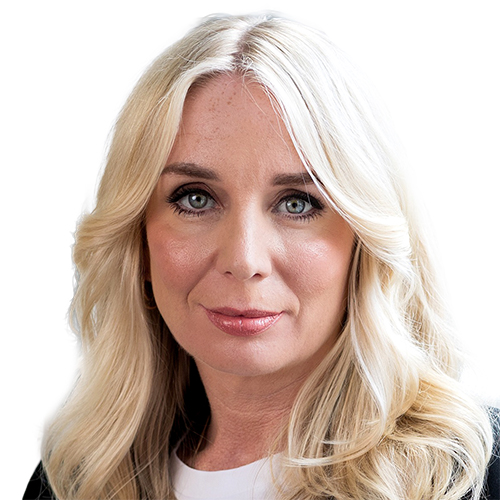HPV, human papillomavirus, is the virus that causes nearly all cervical cancer. Self-testing for HPV is a more accurate screening method that women can do themselves. It’s less invasive than a traditional smear test and doesn’t require a speculum, instead now it’s a simple cotton-tip-like swab, done in private.
This is not a small upgrade. This is a fundamental shift in how we care for women.
And yet, many women still don’t know it’s an option. Others have faced delays or confusion about how and where to access it. Providers are working with inconsistent guidance. And once again, Māori and Pasifika women, who are disproportionately affected by cervical cancer, are left behind by a system that was meant to do better.
We should all be deeply concerned. Not only because this rollout lacks co-ordination, but because the stakes are so high.
And we need to talk honestly about why this shift matters so much.
I still remember my first cervical screening. I was in my early twenties and didn’t really understand what was going to happen. I wasn’t prepared, emotionally or physically. The experience left me horrified and embarrassed. No explanation, no warmth, no care. Just the cold metal of a speculum and the overwhelming sense I had to “just get through it”.
But lucky that I did. That test picked up CIN2/3, moderate to severe abnormal cells. They’re not cancer, but they can become it if untreated. Because it was picked up early, I had the cells removed before they had the chance to progress.
It was scary and overwhelming, but I often think about how easily it could have been missed, and how many women never even make it to that first appointment. Some avoid screening because it’s uncomfortable. Others, particularly those who’ve experienced sexual violence, find it traumatic or re-traumatising.
This isn’t marginal. It’s an equity issue. It’s a safety issue. One in four women in Aotearoa are affected by sexual violence. That’s a massive barrier to screening and we must take it seriously.
Self-testing gives women back control. It’s private, dignified, and effective. But despite what the name suggests, it’s not easy to do at home in New Zealand. Currently, you still need to go to a clinic or pharmacy to collect a kit and use it in a private space there.
Home-based self-testing (receiving kits in the post) is not yet widely available or part of the national programme. Some clinics and organisations are starting to offer it but access is fragmented and inequitable.
We don’t have to look far to see what’s possible. In Australia, self-testing is not only available, it’s fully integrated into the national cervical screening programme and offered as a first-line option for everyone eligible.
Women can do the test at home, with kits sent out by their GP or through telehealth services. It’s simple, safe and effective. Australia’s commitment to removing barriers like cost, access and trauma is why they’re on track to eliminate cervical cancer by 2035. We could be doing the same.
Too many women in Aotearoa are still navigating a confusing patchwork of providers, limited access, and unclear messaging. When it comes to women’s health, our system continues to place the greatest burden on those with the least.
And here’s the truth: cost is still a major barrier.
However, it’s time to move beyond the tired narrative that New Zealand underfunds healthcare. In 2018, we were spending around $18 billion on health. Today, it’s closer to $30b and climbing. As a share of GDP, we invest about 9.6% well above the OECD average of 8.8%.
So the issue isn’t how much we’re spending, but how we’re spending it.
Too much is tied up in bureaucracy, inefficiency, and complexity. Not enough is reaching the frontline or delivering the outcomes that matter.
We saw the reality of this when we announced Women’s Health Week. At Tend, we offered free cervical screening and reached out to patients who were overdue. The response was overwhelming. Appointments were booked out within hours. That’s what happens when you remove cost, it unlocks access. Women are willing. They just need support.
But right now, too many are still making health decisions based on what they can afford. That’s not okay.
Cervical cancer is one of the few cancers that’s almost entirely preventable. The World Health Organisation has a roadmap to eliminate it. Australia is well on the way. So why aren’t we?
We need to start treating women’s health with the urgency and seriousness it deserves. That means resourcing it properly. Communicating it clearly. And designing services that are culturally safe, trauma-informed and accessible, meeting women where they are, not where the system assumes they’ll be.
This Women’s Health Week, let’s be honest: we’ve got a long way to go.
But we also have a real opportunity to lead the world in eliminating cervical cancer, and to build a healthcare system that works for women.
Let’s set a national goal to abolish cervical cancer in Aotearoa. Let’s be bold, equitable, and relentless in pursuit of it. Because women deserve more than good intentions. They deserve results.
And we know it’s possible, if we choose to act like it is.
Cecilia Robinson is a founder and co-chief executive of digi-physical primary care provider Tend Health.
